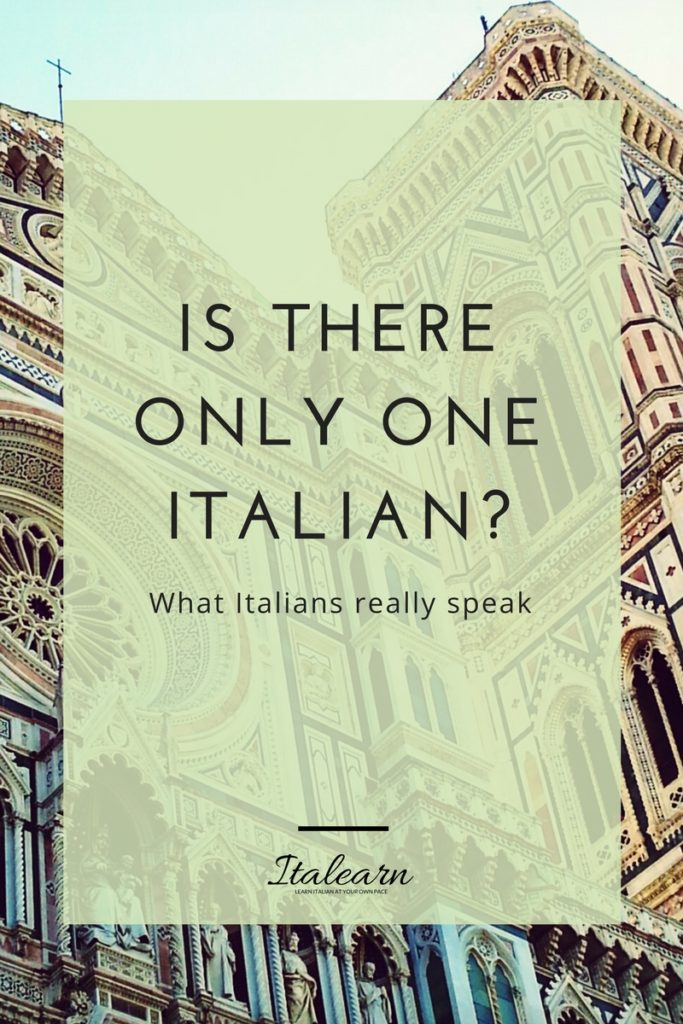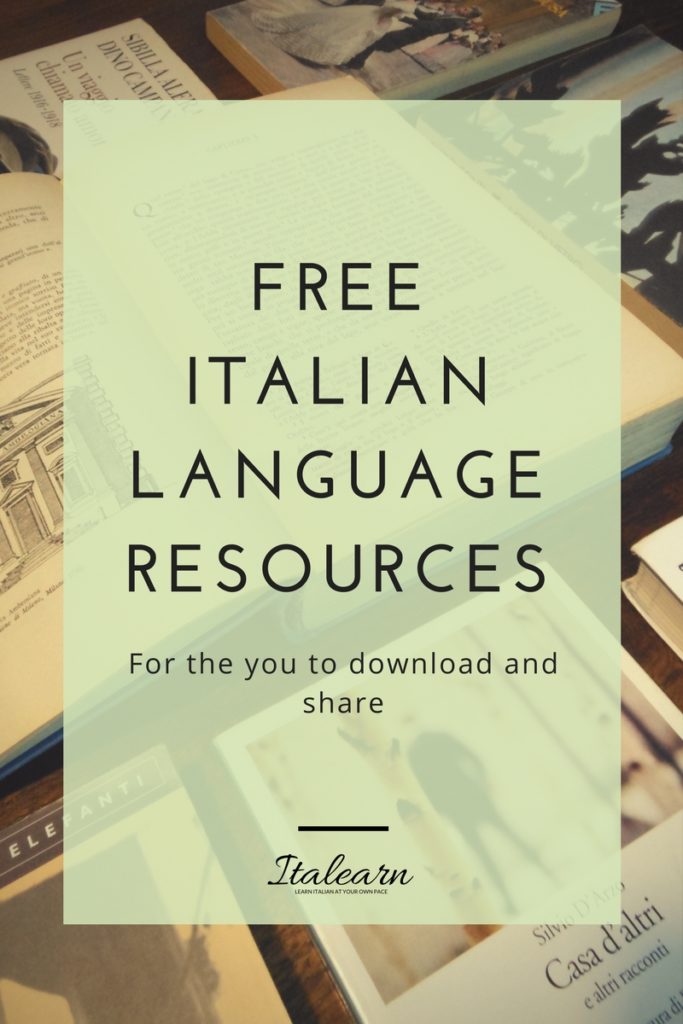Which is Italy’s official language? That’s an easy one, Italian! This is what most of us would say, but if you think about it for a minute I am sure you would come up with at least two or three examples of different accents or dialects you’ve heard in Italy. So, how many “Italians” are there? We have an exceptional range of different languages, dialects, varieties, accents in Italy that you can think there isn’t only one answer to the question.
Il “dialetto” diventa lingua, quando viene scritto e adoperato per esprimere i sentimenti più alti del cuore… per esprimere le proprie idee, il proprio sentire, i propri desideri. Pier Paolo Pasolini“Dialects become languages, when they are written and used to express the highest feelings of the heart… to express our ideas, our feelings, our desires.” Geographically speaking, Italy offers a vast and fascinating palette of languages and dialects.This quote from Pier Paolo Pasolini highlights the ongoing debate over whether there is a real distinction between a language and a dialect. It is basically a political issue that we won’t get into at this time, from a purely linguistic point of view a dialect and a language are the same. I share the vision that every dialect is a language, they are interchangeable, there is no hierarchy. Every Italian region has its own language variety or dialect that can even be a different linguistic system compared to Italian. It is limiting to just talk about regions, we need to consider even smaller areas within a single dialect. You can easily notice it after living for some time in Italy. Let’s take Sicily for example: a person from Palermo and one from Catania have different accents, pronunciation, vocabulary. And they come from the same region! Here in Tuscany, where I live, there are also so many varieties that people are very proud to speak. I have always been attracted to language, but it was when I went to high school that I realized there were many differences between how I spoke and how people from nearby towns did. My school was just less than 10 km away from where I lived, yet the way my school mates spoke was a new experience for me, a sort of language epiphany. What, wait a second, what did you just say? Oh, do you really speak like this here? You are from […], I can hear that! This is what our conversations were like at the beginning, and I have always enjoyed to engage in this sort of confrontation. If we move further from a geographical distinction we also find out that there are other factors that influence the language we speak and this is true for all languages, not just Italian. Think about how younger people talk compared to older people, or how different contexts require different registers: academic talk is highly formal while friends chatting is totally informal. Then think about how different spoken and written language are. Even more, and this is especially important for Italians: look at gestures and body language. It is so important for us that it has become our distinguishing feature. So, back to the initial question “Is there only one Italian?” Probably not, but we do have an official language that is taught in schools, that journalists speak and national media use. That’s what we call Italian. Is this a standard language with fixed rules, based on an ancient written language? No, the Italian language is evolving. Spoken and written modes are more and more interconnected and some regional features are now being understood, accepted and used by everybody. This is the language you can learn with me, the language everybody knows and speaks in Italy and the language you are going to listen from the media. You will be exposed to a multifaceted linguistic input so that you can enjoy the versatility that the Italian language offers. The next quote recaps in just a few words what my courses are about:
– Non basta sapere la lingua, bisogna sapere quale lingua usare quando, dove e con chi. Le varietà dell’italiano, Coveri, Benucci, Diadori“It is not enough to know the language, you need to know which language to use when, where and with whom.” SOME FACTS: The official national Italian language descends from the literary Tuscan of Dante, Petrarca and Boccaccio (14th century) and still today Tuscan, romanesco and other varieties from central Italy are not considered distinct languages from Italian. Currently, there also 12 historical language minorities that are recognized and protected by the Italian law. Law 482/99 protects the language and culture of the Albanian, Catalan, Germanic, Greek, Slovenian and Croatian populations and those communities speaking French, French-Occitan, Ladin, Occitan and Sardinian. If some of you are advanced learners and can manage to listen and understand without subtitles, take a look at this interview where Pier Paolo Pasolini talks about the Italian language.
Fall in love with Italian


Get better at Italian through creative exercises. Sign up for the free mini-course A story and 5 creative ways to fall in love with Italian and I'll send you the story straight away.
PS: no artistic skills required!
Thank you!
Check your inbox! You have just received an email from me so you can confirm that you really, really want to receive the free guide and updates from me.
Silvia



